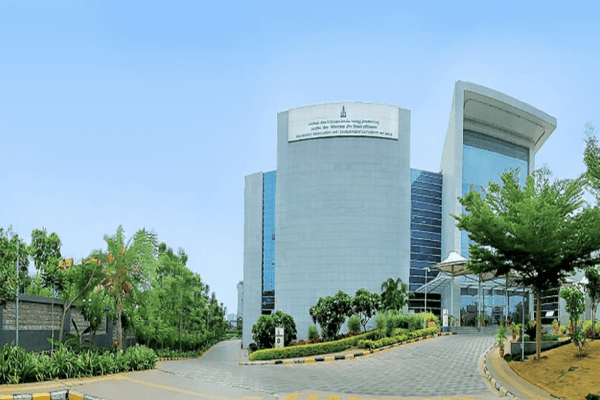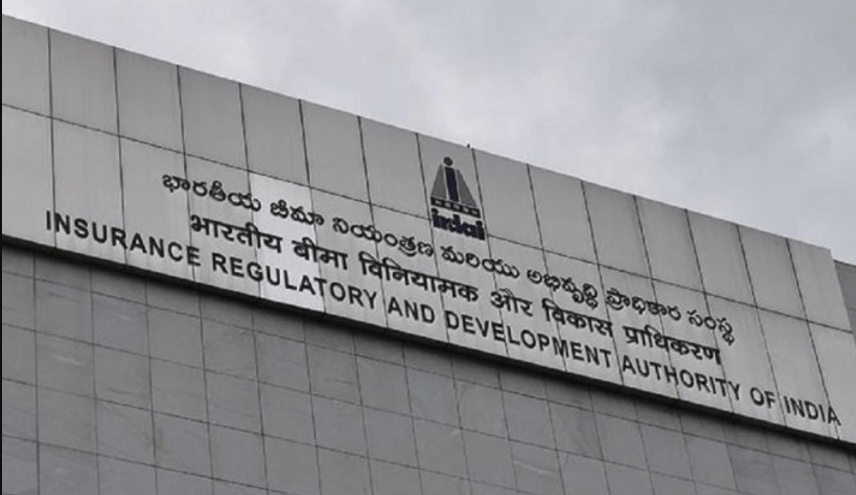Insurance Regulatory and Development Authority of India (IRDAI) celebrates its 25th anniversary with a series of regulatory reforms
About IRDAI:
- Following the recommendations of the Malhotra Committee report, the IRDA was constituted in 1999 as an autonomous body to regulate and develop the insurance industry.
- It was incorporated as a statutory body in 2000 under the Insurance Regulatory and Development Authority Act, 1999.
- It comes under the jurisdiction of Ministry of Finance.
- It is responsible for managing and regulating insurance and re-insurance industry in India.
- It consists of a 10-member body comprising a chairman, five full-time members, and four part-time members.
Role & Duties:
Policyholder Protection:
- Protect the interests of policyholders and ensure their fair treatment.
Industry Growth and Economic Contribution:
- Foster speedy and orderly growth of the insurance industry, including annuity and superannuation payments, for the common man’s benefit.
- Provide long-term funds to accelerate economic growth.
Standards and Regulation:
- Set, promote, monitor, and enforce high standards of integrity, financial soundness, fair dealing, and competence among regulated entities.
Claim Settlement and Fraud Prevention:
- Ensure speedy settlement of genuine claims and prevent insurance frauds and other malpractices.
- Establish effective grievance redressal mechanisms.
Market Fairness and Transparency:
- Promote fairness, transparency, and orderly conduct in financial markets dealing with insurance.
- Build a reliable management information system to enforce high financial standards among market participants.
Enforcement and Self-Regulation:
- Take action where standards are inadequate or ineffectively enforced.
- Encourage an optimal level of self-regulation in the industry, consistent with prudential regulation requirements.
Duties:
- Certifying insurance companies.
- Protecting the interests of policyholders.
- Adjudicating disputes related to insurance.
Significance of IRDAI in transforming the Insurance sector:
In terms of growth:
- Insurance penetration, measured as the percentage of insurance premium to GDP, increased to 4.2% in 2021-22 from 2.71% in 2001-02.
- Insurance density, calculated as the ratio of premium to population, rose to $91 in 2021-22 from $11.5 in 2001-02.
Increased Employment:
- Introduction of new intermediaries like Corporate agents, Bancassurance (selling insurance products through banks), and online sales has led to increased employment opportunities.
Modernization:
- The digital transformation has been accelerated with the authority’s guidance on e-KYC, paperless policies, digital payments, etc.
Major Initiatives by IRDAI:
- ‘Insurance for All’ by 2047: Expected to lead to a significant increase in insurance penetration.
- Integrated Grievance Management System (IGMS): A system for managing grievances comprehensively.
- Saral Jeevan Bima: A standardized term life insurance product.
- Saral Pension: An immediate annuity plan.
- Bima Sugam: A one-stop digital platform for insurance services.
Ref:Source
| UPSC IAS Preparation Resources | |
| Current Affairs Analysis | Topperspedia |
| GS Shots | Simply Explained |
| Daily Flash Cards | Daily Quiz |



